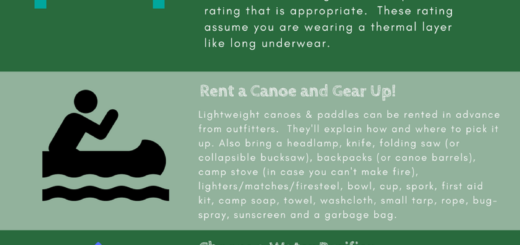Beginner Hunting: How do I get my firearms license?
One of the most significant barriers to the new, Canadian hunter is firearms ownership. If you don’t want to buy a gun, it certainly possible to hunt effectively without one. You can, instead, use a bow, crossbow, or certain flintlock long guns (which generally do not require a license) to hunt with so long as you have a proper hunting license.
However, bows and crossbows make it virtually impossible to hunt birds on the wing (that is, while they are flying). Flintlock firearms are very cool (I want one) but they require extra effort and knowledge that isn’t necessarily appropriate to the beginner.
This means that, unless you want to limit your hunting to deer, turkeys or the rare stationary grouse, you are going to want to purchase a firearm.
I go into the process in more detail below. However, if you want the quick and dirty overview:
- There are three types of firearms classifications in Canada but you only care about non-restricted firearms (typical rifles and shotguns) for hunting.
- To purchase a non-restricted firearm in Canada you need to have a possession and acquisition license or “PAL”.
- You get your PAL by taking a firearms course from a licensed instructor. This involves either one or two days of instruction (depending on the provider). At the end there is a written test and a practical test. Use Google to find an organization offering these courses in your area.
- After you successfully pass the tests, you mail the relevant forms and information to the RCMP. They do the necessary background checks and, if approved, you receive your PAL in the mail. This process can take a two months or more.
It is very important to remember that firearms are tools to be respected. In Canada, owning a firearm is not a right; it is incumbent upon you as a responsible hunter to ensure you comply with all applicable laws and treat all firearms with care. For complete details and before you undertake the licensing process, please visit and review the RCMP website .
Firearms Classification in Canada
In Canada, there are three types of firearms under the applicable law: Non-Restricted, Restricted, and Prohibited.
Nonrestricted firearms are typical shotguns and rifles with barrels longer than 470 mm
Restricted firearms are pistols, rifles with barrels shorter than 470 mm, rifles that can be fired where the overall length of the gun is less than 660 millimetres and any other firearm designated as restricted under the applicable regulations.
Prohibited firearms are certain short-barrelled pistols, automatic weapons, sawed-off guns and others designated as prohibited.
Getting your Possession and Acquisition License or “PAL”
First, you don’t care about restricted firearms for hunting purposes. Why not? Because you can’t hunt with them. If you are interested in certain types of action shooting sports or other target shooting then you may consider taking the restricted firearms course, which is often bundled with the non-restricted course.
So what is a PAL? It is a federally issued license that you obtain by completing the necessary in-class training and by passing a written test and a practical examination with dummy firearms. This course is called the Canadian Firearms Safety Course or CFSC. A PAL allows you to purchase and possess non-restricted firearms so long as you comply with the applicable laws relating to, among other things, safe storage.
Various companies, gun clubs and individuals can offer the Canadian firearms course. If you are looking for an instructor in your province, check out the “Find an Instructor” links at the bottom of this page.
I did my course with Ready Aim Firearms Safety at a location in Oakville, Ontario. Because I only did the non-restricted course, it only took me one full day, from 8:00 until about 6:30 P.M. The course covers a bunch of topics, including:
- Firearms history
- Types of firearms
- Proving a firearm safe
- Applicable firearm legislation
- Safe storage
- Shooting positions
- Loading and unloading
The best part of the course is the opportunity to handle deactivated firearms so you can really get used to how they operate and how to use them safely.
At the end of the course you will take a written, multiple choice test. You will also have a practical test where the examiner will say, for example, “pick up that pump-action shotgun, prove it safe, and load it”.
The course and the exams are not extremely challenging, but they are a worthwhile introduction and you are likely to learn a great deal if you have little or no experience with firearms
The waiting begins.
After the course, you will receive paperwork showing that you completed the necessary training hopefully with success. You will submit this proof, along with the other necessary application materials, to the RCMP for review. The relevant forms can be found here.
Be aware that the review process can take some time; often over 2 months. It can also take some time to get booked into a course as they are very popular. As a result, be sure to leave yourself plenty of time before hunting season if you want to hunt with a gun.
For full information, please check out the RCMP website.
Good luck!

